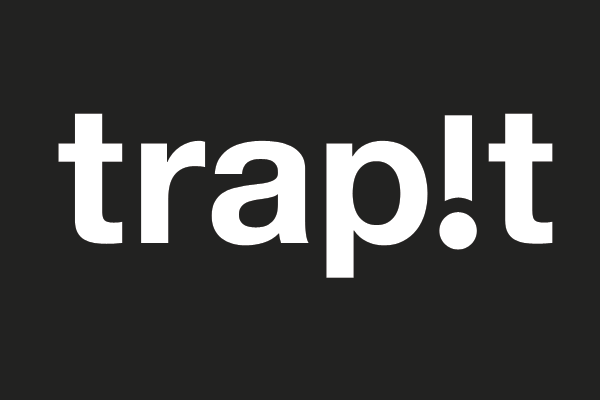
Last month, I explored and wrote about the topic of content curation and how it supports the content marketing process. I also profiled a handful of tools that can help you with this process. As I mentioned in my previous post, we have really seen content marketing take off in the past year or so. We have found content marketing and content curation to be excellent marketing tools both for Marketri and for our clients and these concepts have become essential components of our marketing plans.
Does this stuff really work?
You may be saying to yourself (as I assume our clients often do), “Does this stuff really work? Is this just the next marketing fad?” I’m happy to report that content marketing really does work! Take the following case study as proof:
Debbie Andrews, Marketri’s Founder and Managing Director, recently wrote a blog post on how professional services firms can improve their proposal processes to win more business. We originally published this post on our company Web site blog. We received some great input from other marketing experts which we included as well.
As part of our content marketing strategy, we sought additional ways to leverage this content. I was charged with the responsibility of pitching this story to publications for various sectors within the professional services arena. I was thrilled when, after weeks of following up, I finally heard from a contact at a well-known accounting publication that Debbie’s blog post would be featured on their site. Within days of the post being featured we had received several inquiries from well-suited prospects wanting to know more about what we do and if we might be able to help them. These inquiries led to meetings with a number of prospects, and hopefully will result in mutually beneficial business relationships down the road. It all started with a single blog.
Tools of the Trade
This is just one example of how content marketing has worked for us. We have also seen our clients achieve great results from setting up sector-specific blogs and pitching articles to industry publications. What this all boils down to is creating and sharing great content.
We often gain inspiration from reading other relevant blog posts to get an understanding of what’s going on in the B2B marketing world. So for me, an important part of content marketing is having a Google Reader set up where I can quickly and easily review interesting blog posts and articles. I check our company’s Google Reader practically every morning to see what’s going on, to find interesting tweets to share for thought leadership, and also for inspiration about what to blog about.
TrapIt
While I don’t see myself abandoning Google Reader any time soon, I was interested to learn about a cool new alternative to Google Reader called TrapIt. TrapIt is like an automatic Google Reader. You don’t have to do all the work of finding good sources, just tell it what topic you want to follow by creating a “Trap” for that subject and it will automatically find relevant content. TrapIt will pull news, blog posts, reviews, videos and more. Then you can tell TrapIt how you like the recommended content by giving each item a thumbs up or thumbs down, and it will learn from your feedback. Over time TrapIt will learn about your interests and evolve to provide only the most relevant content, filtering out the things that are not useful to you. TrapIt allows you to create your own “Traps” or use pre-created topic “Traps” from others.
I think the main advantage that TrapIt offers over other tools like Google Reader is its ability to learn about the content you prefer (think Pandora, but for content instead of music), saving users the time and effort of sorting through hundreds of articles and finding what appeals to them. TrapIt practically curates the content for you!
I’ve been impressed to learn that content marketing tactics really can drive results, all it takes is the right tools and a little determination. Have you used TrapIt? What are your favorite tools to keep you content marketing in full swing?
